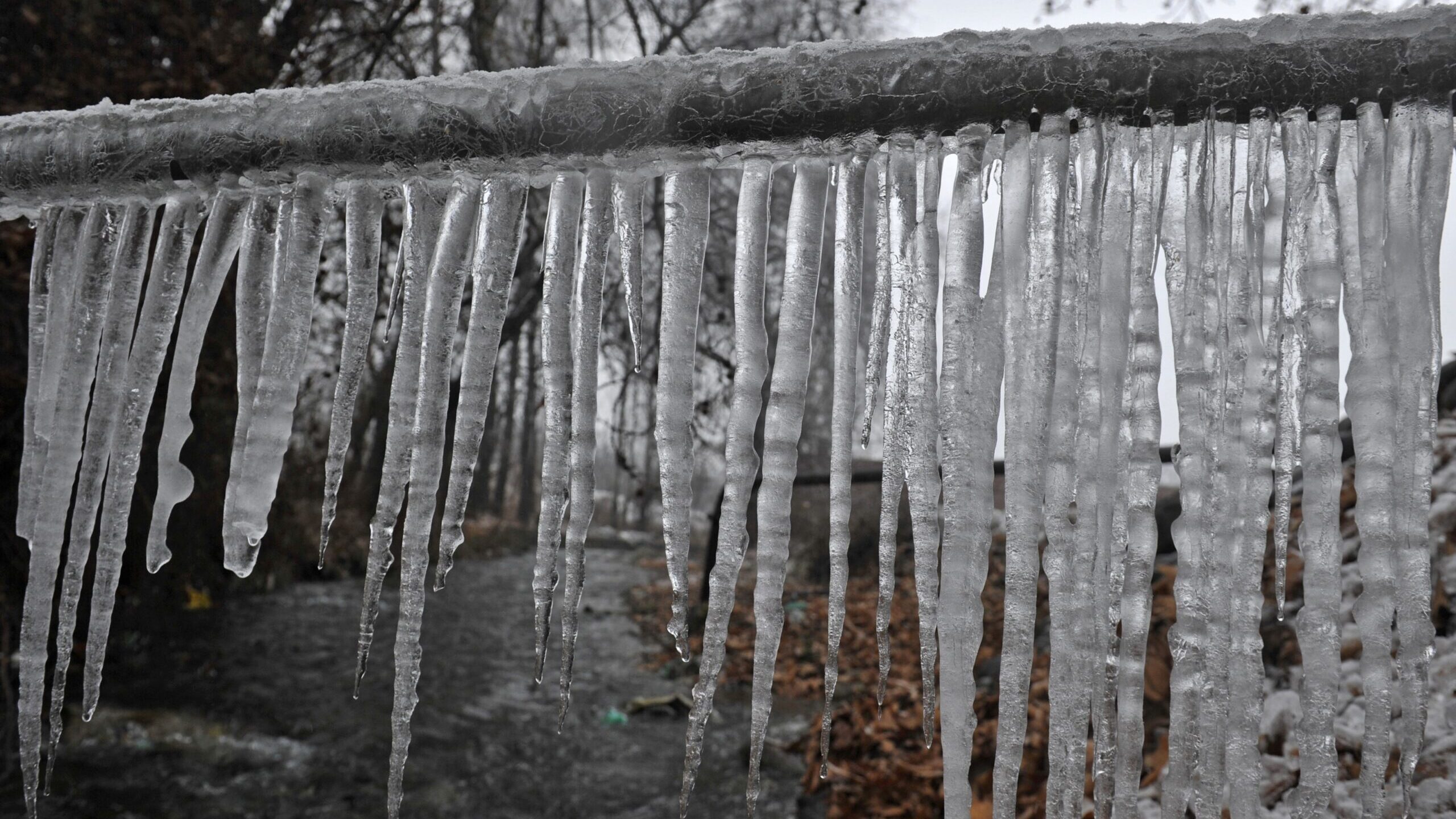Essential Advice to Protect Against Frozen Plumbing in Winter
Essential Advice to Protect Against Frozen Plumbing in Winter
Blog Article
What are your thoughts and feelings about Prevent Frozen Pipes ?

Cold weather can damage your pipes, especially by freezing pipes. Below's exactly how to stop it from taking place and what to do if it does.
Intro
As temperatures drop, the danger of icy pipelines boosts, possibly leading to expensive fixings and water damages. Recognizing just how to prevent icy pipelines is vital for home owners in cool environments.
Comprehending Frozen Pipelines
What creates pipes to freeze?
Pipes ice up when revealed to temperature levels below 32 ° F (0 ° C) for extended periods. As water inside the pipelines ices up, it increases, taxing the pipe wall surfaces and potentially creating them to rupture.
Dangers and problems
Frozen pipelines can cause water supply interruptions, home damages, and pricey fixings. Ruptured pipelines can flood homes and trigger extensive structural damage.
Signs of Frozen Pipeline
Determining icy pipelines early can prevent them from breaking.
How to determine frozen pipes
Try to find decreased water circulation from faucets, unusual odors or noises from pipes, and noticeable frost on exposed pipelines.
Avoidance Tips
Protecting susceptible pipelines
Cover pipelines in insulation sleeves or utilize warmth tape to secure them from freezing temperatures. Concentrate on pipes in unheated or outside areas of the home.
Heating strategies
Keep indoor spaces adequately heated up, specifically areas with plumbing. Open up cabinet doors to enable cozy air to distribute around pipelines under sinks.
Safeguarding Outside Pipes
Yard hoses and outdoor taps
Separate and drain pipes yard hoses before winter season. Install frost-proof spigots or cover outdoor faucets with insulated caps.
What to Do If Your Pipes Freeze
Immediate actions to take
If you suspect frozen pipelines, maintain taps available to eliminate stress as the ice thaws. Make use of a hairdryer or towels taken in hot water to thaw pipelines gradually.
Long-Term Solutions
Structural modifications
Take into consideration rerouting pipelines far from outside wall surfaces or unheated locations. Include added insulation to attic rooms, cellars, and crawl spaces.
Updating insulation
Purchase top quality insulation for pipes, attic rooms, and wall surfaces. Appropriate insulation helps preserve consistent temperature levels and reduces the threat of frozen pipelines.
Conclusion
Protecting against frozen pipelines calls for proactive procedures and fast reactions. By recognizing the reasons, signs, and preventive measures, home owners can protect their plumbing during cold weather.
5 Ways to Prevent Frozen Pipes
Drain Outdoor Faucets and Disconnect Hoses
First, close the shut-off valve that controls the flow of water in the pipe to your outdoor faucet. Then, head outside to disconnect and drain your hose and open the outdoor faucet to allow the water to completely drain out of the line. Turn off the faucet when done. Finally, head back to the shut-off valve and drain the remaining water inside the pipe into a bucket or container. Additionally, if you have a home irrigation system, you should consider hiring an expert to clear the system of water each year.
Insulate Pipes
One of the best and most cost-effective methods for preventing frozen water pipes is to wrap your pipes with insulation. This is especially important for areas in your home that aren’t exposed to heat, such as an attic. We suggest using foam sleeves, which can typically be found at your local hardware store.
Keep Heat Running at 65
Your pipes are located inside your walls, and the temperature there is much colder than the rest of the house. To prevent your pipes from freezing, The Insurance Information Institute suggests that you keep your home heated to at least 65 degrees, even when traveling. You may want to invest in smart devices that can keep an eye on the temperature in your home while you’re away.
Leave Water Dripping
Moving water — even a small trickle — can prevent ice from forming inside your pipes. When freezing temps are imminent, start a drip of water from all faucets that serve exposed pipes. Leaving a few faucets running will also help relieve pressure inside the pipes and help prevent a rupture if the water inside freezes.
Open Cupboard Doors
Warm your kitchen and bathroom pipes by opening cupboards and vanities. You should also leave your interior doors ajar to help warm air circulate evenly throughout your home.

We had been shown that article on How to prepare your home plumbing for winter weather from a friend on another website. Sharing is good. Helping others is fun. Thank you for being here. Kindly check up our blog back soon.
Visit Link Report this page